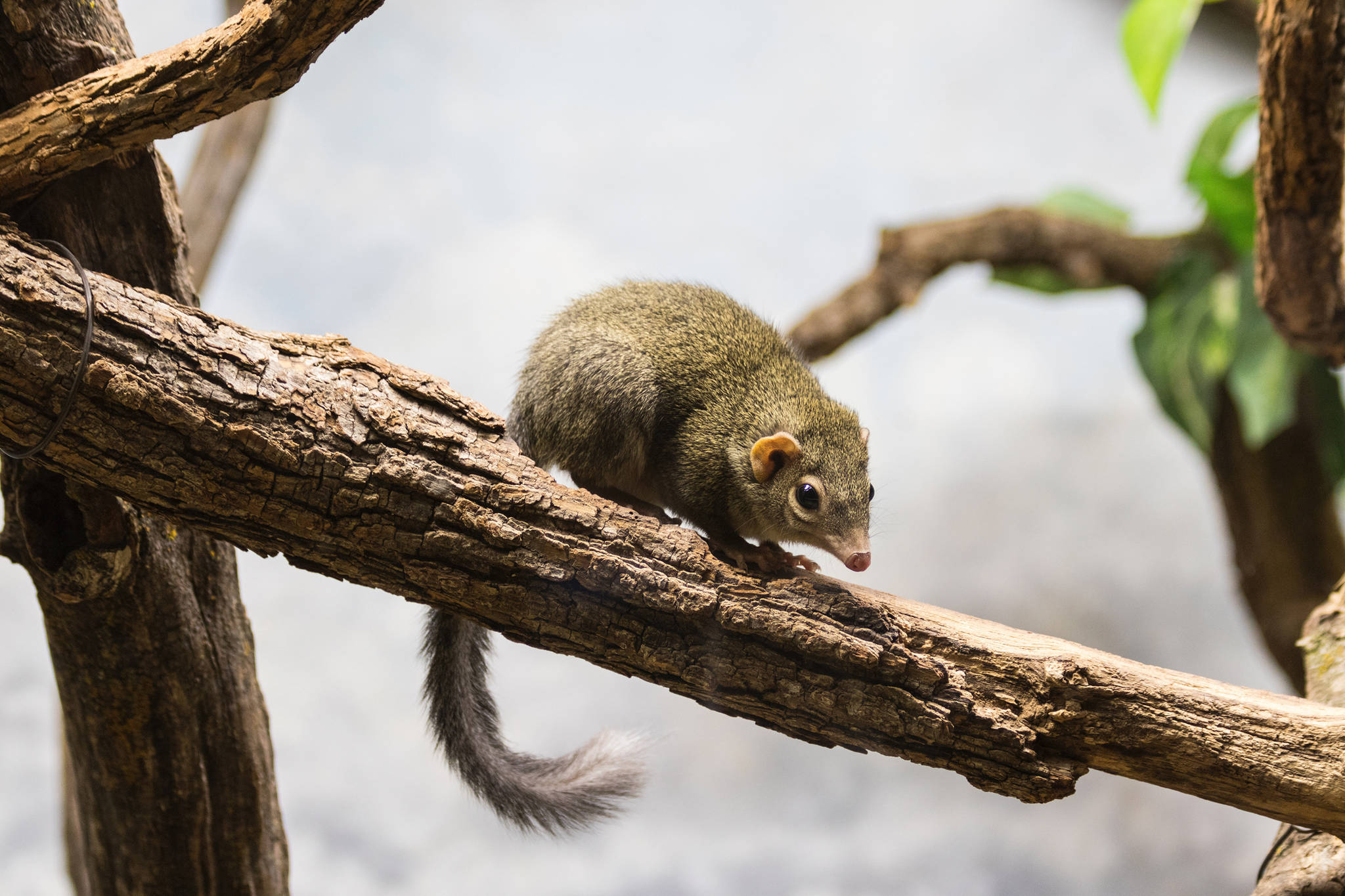A relatively simple — and familiar to most of us — kind of seasonal and reversible body-modeling occurs in bears preparing for hibernation, beavers getting ready for snoozing in their lodges or deer anticipating food shortages in winter.
These species all put on fat in fall, becoming distinctly more portly. Come spring, they are more svelte, having burned up that winter fat. Humpback whale females migrating from Hawaii to the food-rich northern waters are much slimmer than in fall when on their way south. Similarly, migrating birds typically put on fat before they migrate and arrive at their seasonal destinations in trimmer condition.
Sometimes the reversible remodeling occurs in internal organs. Bar-tailed godwits and other birds that migrate very long distances without feeding on the way markedly reduce their digestive organs and regenerate them and resume feeding upon arrival. Chickadees, jays, nuthatches and nutcrackers get bigger brains in fall; the part of the brain associated with processing spatial information is the hippocampus, which actually acquires more neurons. The temporarily larger hippocampus allows them to remember the widely scattered locations where they have stored seeds and retrieve them during the winter.
[Seeing Red: Highbush cranberries in the snow]
Brood-parasitic birds, which lay eggs in other birds’ nests, also have improved spatial memories — just in the nesting season. Two species of cowbirds in which the females monitor the locations of potential host nests have enlarged brains (hippocampus) in the nesting season. But in a third species of cowbird, in which both male and female monitor host nests, both sexes have seasonal changes in brain size.
Males of other birds (for example, starlings), get temporarily enlarged brains, especially the parts associated with singing, in spring, when males sing to advertise territory and attract females. European titmice that engage in strongly seasonal singing have corresponding seasonal changes in brain size, while those that vocalize year-round do not. Captive house sparrow males kept near females sang more often and had bigger brains than those isolated from females. These studies have focused on male birds and the production of song, but what about the females that listen to those songs?
[Invasion of redpolls sends seeds flying]
It seems that the more we look, the more instances of seasonal remodeling we find. Nevertheless, I was not prepared to learn of recent work showing that skulls, specifically the brain case (and the enclosed brain) get seasonal changes too. Even though these bones are well-ossified and hard, with good, firm sutures between the various cranial bones, they too can be reversibly remodeled on a seasonal basis. These studies were done with the common red-toothed shrew of Europe and with two species of weasel (one called stoat in Europe and ermine or short-tailed weasel in North America, and one called weasel in Europe but least weasel here). Although all three species show the seasonal changes, there are interesting differences among them and between male and female in one species.
All three species showed a change in skull shape as the animals matured, from a more rounded and relatively large juvenile skull in their first summer — when they disperse and establish their individual territories — to a more flattened, relatively smaller adult form in their first winter. Then, each species showed a temporary, reversible increase in braincase size in the second spring and summer, with the acquisition of an increased behavioral repertoire involving mating and territoriality. There is then a subsequent winter decrease, accompanied by thinner skull bones — with hints that there were greater seasonal changes in geographic areas with more severe winters. At least in the shrews, there is no evidence of increased numbers of neurons, but in all three species different parts of the brain are involved in the increase and in the decrease. Precisely how this is achieved is not clear.
[Why does Mendenhall Valley have mink, otters and bear?]
The researchers suggest that this skull remodeling is a way to conserve energy for these small mammals that have extremely high metabolic rates and high levels of activity all year long. Their slim body design, with short legs, is not conducive to putting on much fat and hibernation is not feasible.
However, while both male and female shrews exhibited approximately the same pattern, the weasels differed from each other. In the least weasel, after the winter decrease in braincase size, only males showed the spring-summer regrowth. There was no regrowth in the skulls of females. By contrast, in the ermine/stoat, both sexes exhibited a summer increase after a winter decrease.
The researchers related the variation in gender differences to the life histories of the respective species and genders. Both male and females shrews defend territories vigorously requiring much activity and perhaps recognition of neighboring individuals. Least weasels are very short-lived, seldom living more than a year or two, and females often invest resources in reproduction even in their first summer. They may not have enough resources to invest also in skull regrowth and little chance to gain by it, given the short life expectancy. Males, on the other hand, are busy with territorial defense, for which a larger appearance is often effective. Stoats/ermine are longer-lived and females don’t reproduce so quickly in the life history. Resource expenditure in reproduction is more spread out in time, and investment in skull regrowth may be more possible and more likely to lead to a possibility of future reproduction.
• Mary F. Willson is a retired professor of ecology. “On The Trails” is a weekly column that appears every Friday. Her essays can be found online at onthetrailsjuneau.wordpress.com.

